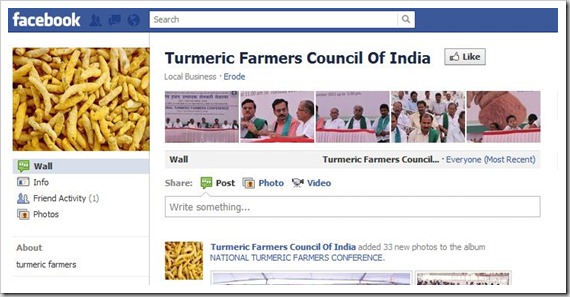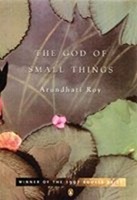In last few days there has been a talk about Datawind being the shown the door – Most of the online media sites covered this story. We also wrote about it citing NDTV & Livemint articles. However, the reality seems to be quite different.
We have learnt from reliable sources that Datawind is very much in the equation – Infact, if anything, they are doing a good job with Aakash Tablet.
![Aakash Tablet Datawind not booted, but IITR is.. [The Reality] news indi business news everything you want to know about india gadget 2 education breaking image16 Aakash Tablet Datawind not booted, but IITR is.. [The Reality]](http://trak.in/wp-content/uploads/2012/02/image16.png)
Datawind had delivered Aakash to IIT Rajasthan exactly based on the specifications given in the initial tender of 100,000 tablets. Yes, they did get delayed on the timelines, but from hardware perspective, Aakash did not have anything missing.
We have also learnt that initial Aakash tablet had a rejection rate of 17% out of which over 90% rejections were related to screen getting detached from tablet due to heating with persistent usage. The screen was actually a snap-on plastic screen which covered the LCD panel. Other major reason was to do with loosely held battery which made noise when you rigorously moved the tablet (due to improper fitting). Both of the reasons were accepted and replaced by Datawind.
To demonstrate the quality and durability of Aakash tablet, Datawind did a drop test with Aakash tablet being dropped from a height of 30 inches on to a 2 inch thick piece of plywood placed on a concrete floor. It worked flawlessly even after that without any issues.
![Aakash Tablet Datawind not booted, but IITR is.. [The Reality] news indi business news everything you want to know about india gadget 2 education breaking image17 Aakash Tablet Datawind not booted, but IITR is.. [The Reality]](http://trak.in/wp-content/uploads/2012/02/image17.png)
However, on the other hand, IIT Rajasthan is definitely out of this project. Although, we could not learn the reasons why exactly IIT-R was shown the door – I am assuming that they failed to do proper usability testing on Aakash Tablet and were not able to manage the procurement of Aakash properly.
Although, Indian Telecom & HRD minister made a statement few days back that Aakash will be developed indigenously, it is not expected to happen immediately. Creating a tablet at such low cost will take years of R&D before it comes out to market. Currently, only about 25% of tablet will carry “Made in India” tag.
We are trying to get more details on New improved Aakash II, the tender for which is expected to come out in couple of months time. We will update you once we have the information.

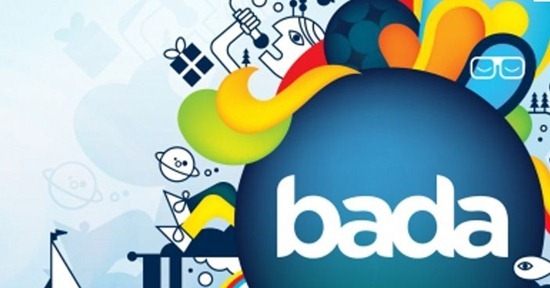
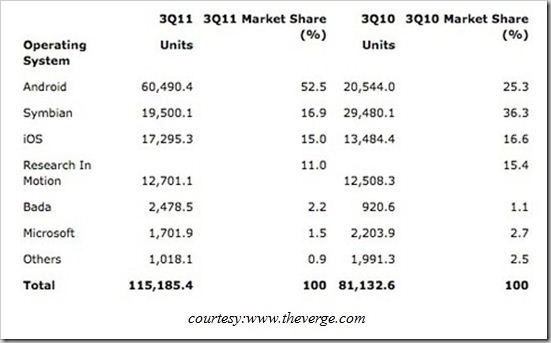
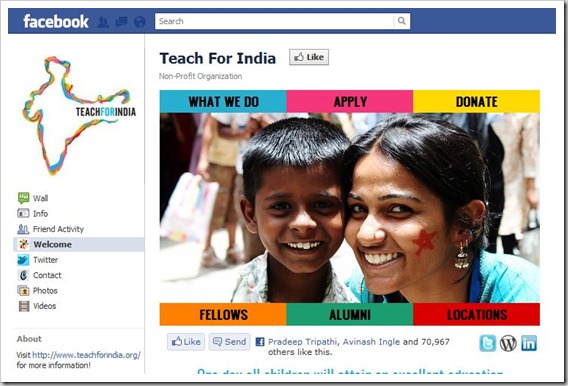






![Small Business Social Media Cheat Sheet [Infographic] social media internet internet infographic 2 Social Media cheat sheet1 560x1674 Small Business Social Media Cheat Sheet [Infographic]](http://www.flowtown.com/blog/wp-content/uploads/2012/01/Social-Media-cheat-sheet1-560x1674.png)
